Sodium hypochlorite electrolytic cell
Corrosion resistance
Tailored precision, customizable in size, dimensions and capacity
Integrated titanium welding and flange technology effectively prevents high pressure buildup and ensures strong welds
Ruthenium and iridium oxide nano-coating Coating can extend the service life of the electrolyzer to five years
- Product Description
Sodium Hypochlorite Electrolytic Cell Introduction
A sodium hypochlorite electrolytic cell is a specialized electrochemical device used to produce sodium hypochlorite (NaOCl), commonly known as bleach, through the electrolysis of a sodium chloride (NaCl) solution, typically referred to as brine.
Product Show
| TY-WL50B | TY-WL100B | TY-WL200B | TY-WL300B | TY-WL500B | TYE-WL750B | TY-WL1000B | TY-WL1500B | TY-WL2000B | |
| Effective chlorine production | 50g/h | 100g/h | 200g/h | 300g/h | 500g/h | 750g/h | 1000g/h | 1500g/h | 2000g/h |
| flange outer diameter | 135mm | 210mm | 200mm | 210mm | 270mm | 270mmm | 270mm | 360mm | 360mm |
| Shell diameter | 100mm | 150mm | 140mm | 150mm | 200mm | 200mm | 200mm | 270mm | 270mm |
| Total length of electrolytic cell | 310mm | 450mm | 450mm | 550mm | 820mm | 820mm | 1020mm | 980mm | 1200mm |
| Water inlet and outlet | G1 | G1/2 | G1/2 | G1/2 | G3/4 | G3/4 | G3/4 | G1 | G1 |
| internal thread | External thread | External thread | External thread | internal thread | internal thread | internal thread | internal thread | internal thread | |
| electric current | 60A±20% | 60A±20% | 84A±20% | 84A±20% | 120A | 144A±20% | 156A±20% | 460A±20% | 460A±20% |
| voltage | ≤5V | ≤15V | ≤15V | ≤20V | ≤30V | ≤30V | ≤40V | ≤35V | ≤40V |
| Electrolytic cell pressure | ≤0.2Mpa | ≤0.2Mpa | ≤0.2Mpa | ≤0.2Mpa | ≤0.2Mpa | ≤0.2Mpa | ≤0.2Mpa | ≤0.2Mpa | ≤0.2Mpa |
| Tank material solutions | PMMA/PVC | PMMA/PVC | PMMA/PVC | PMMA/PVC | PMMA/PVC | PMMA/PVC | PMMA/PVC | PMMA/PVC | PMMA/PVC |
| flow | 6L/h--8L/h | 12L/h--20L/h | 25L/h--35L/h | 36L/h--50L/h | 65L/h--85L/h | 90L/h--130L/h | 125L/h--170L/h | 185L/h--260L/h | 250L/h--400L/h |
| Solution for | 2%-5% saline | 2%-5% saline | 2%-5% saline | 2%-5% saline | 2%-5% saline | 2%-5% saline | 2%-5% saline | 2%-5% saline | 2%-5% saline |
| water inlet temperature | 5-15℃ | 5-15℃ | 5-15℃ | 5-15℃ | 5-15℃ | 5-15℃ | 5-15℃ | 5-15℃ | 5-15℃ |
| Pickling hydrochloric acid concentration | 15-18% | 15-18% | 15-18% | 15-18% | 15-18% | 15-18% | 15-18% | 15-18% | 15-18% |
| contaminant release | contaminant release | contaminant release | contaminant release | contaminant release | contaminant release | contaminant release | contaminant release | contaminant release |
 |  |  |
 |  |  |
Product Composition and Design
Our Sodium Hypochlorite Electrolytic Cell features a robust design incorporating advanced materials to ensure durability and efficiency. The main components include:
Electrolytic Chamber: Crafted from high-quality titanium, enhancing resistance to corrosion.
Electrodes: Utilizing Mixed Metal Oxide (MMO) technology for improved performance.
Control Panel: User-friendly interface for easy operation and monitoring.
Product Advantages
High Efficiency: Rapid conversion of salt to sodium hypochlorite, ensuring maximum output.
Cost-Effective: Reduces chemical purchasing costs by generating disinfectants on-site.
Eco-Friendly: Minimal environmental impact, promoting sustainable practices.
Durability: Designed to withstand harsh operating conditions with long service life.
Technical Features
Modular Design: Easily scalable to meet varying production needs.
Automated Operation: Includes advanced control systems for precise operation and safety.
Real-Time Monitoring: Equipped with sensors for continuous performance tracking.
Product Application
Our Sodium Hypochlorite Electrolytic Cell are ideal for:
1. Industrial Cooling Water Treatment
2.Marine and Cruise Water Disinfection
3.Rural Water Treatment Solutions
4.Urban Water Treatment Solutions
5.Wastewater Treatment Solutions
6.Food and Beverage Safety through Disinfection
7.Pool Water Disinfection
Be used in a wide range of industries.
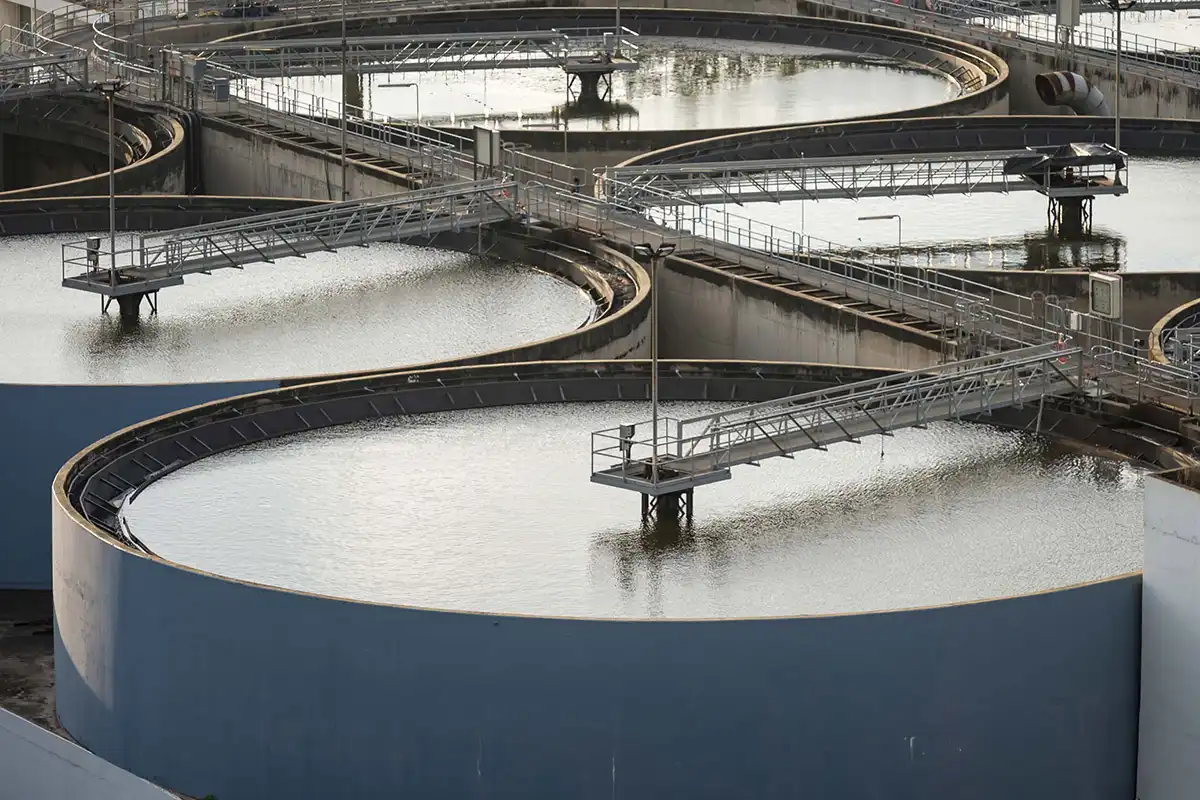
Water treatment
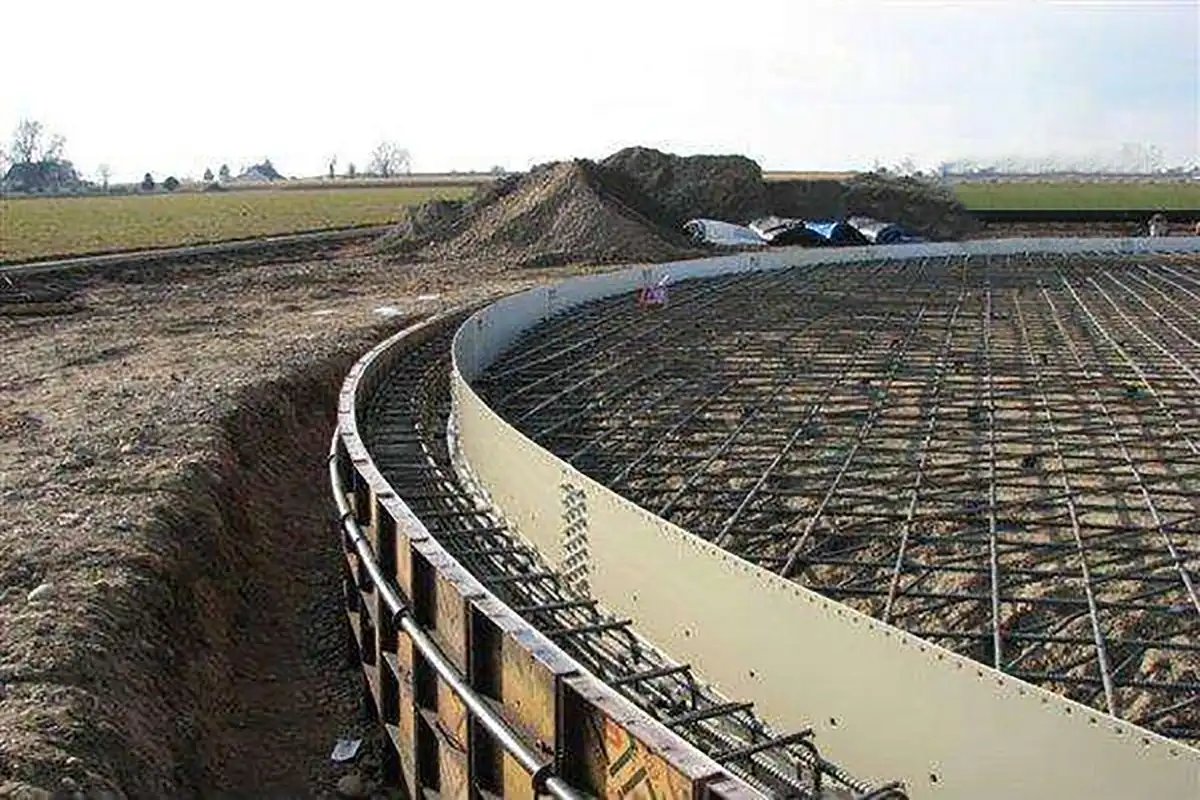
Cathodic protection of oil tank bottom plate
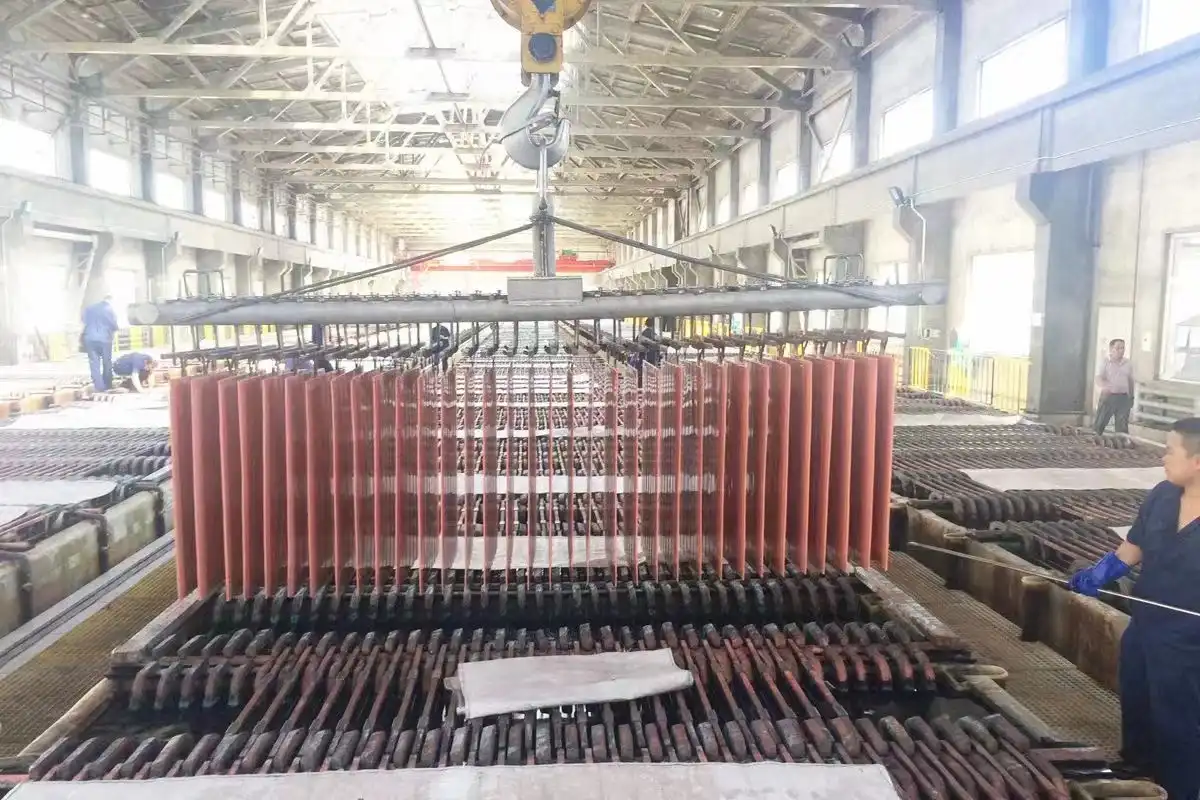
Aluminum foil manufacturing industry
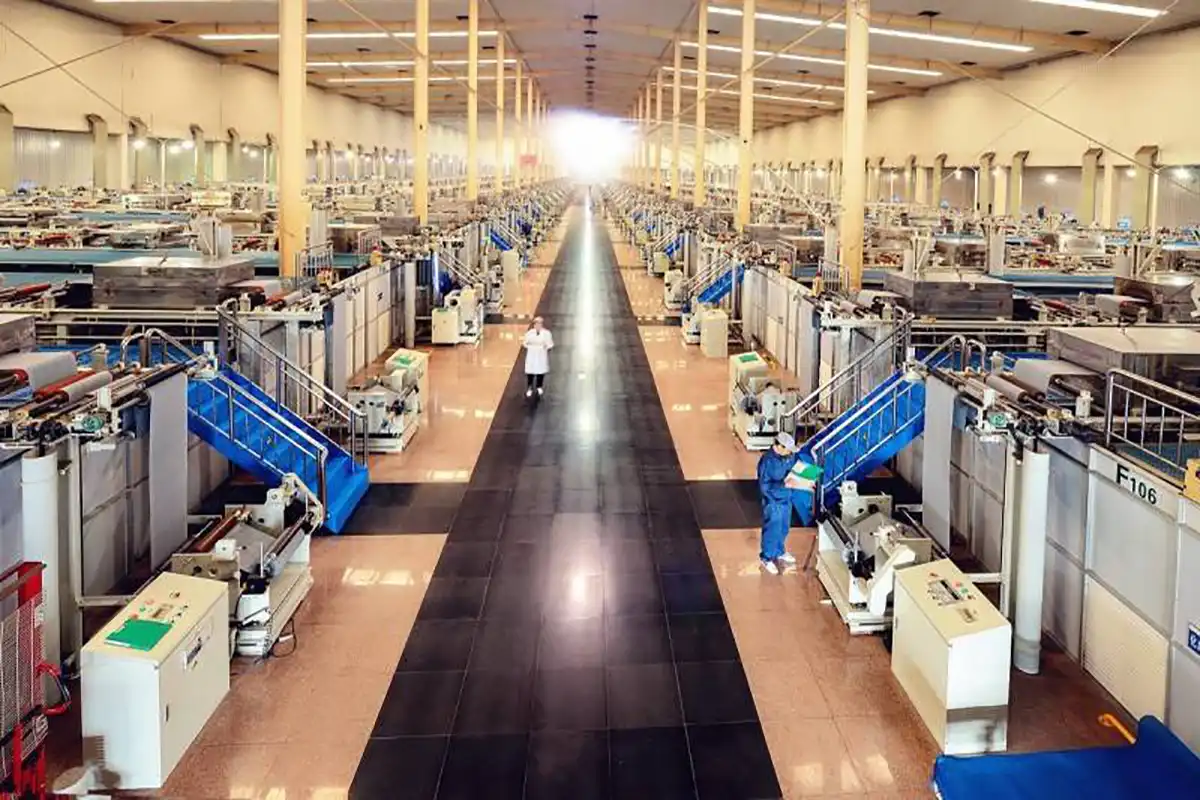
Copper foil manufacturing industry

Energy industry
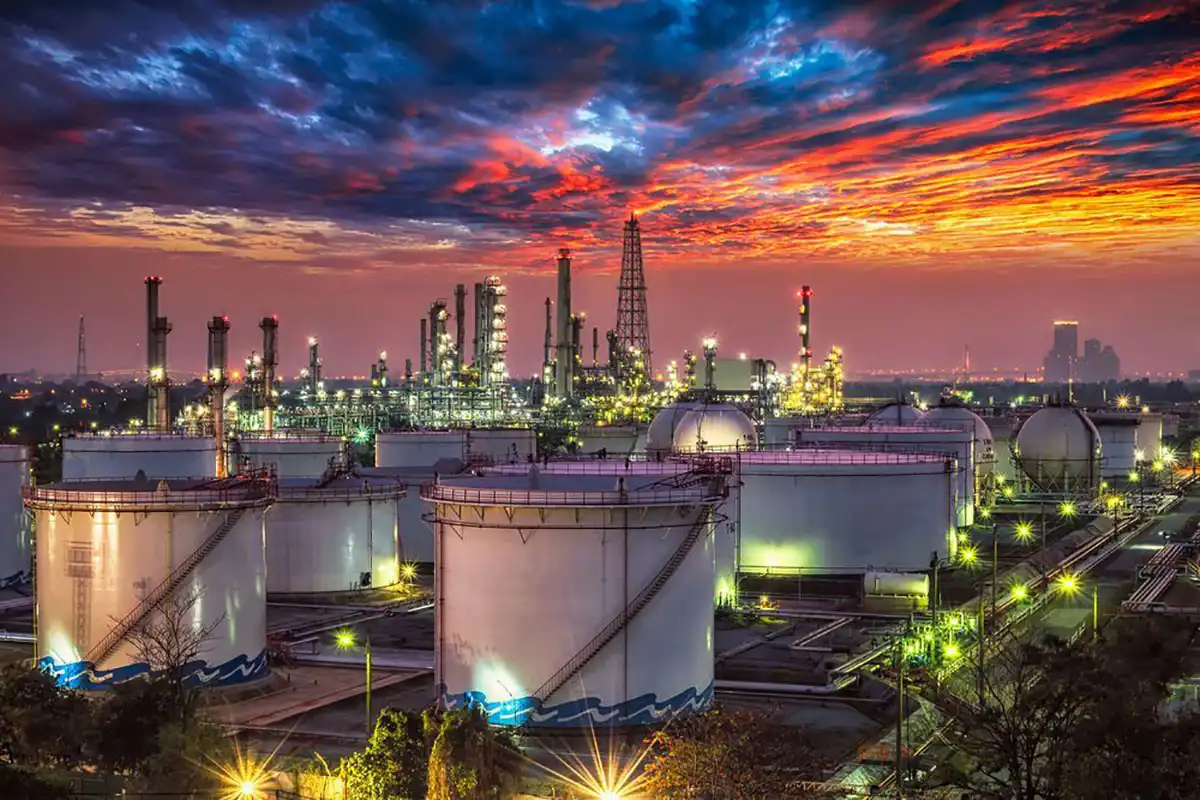
Chemical industry

Medical equipment
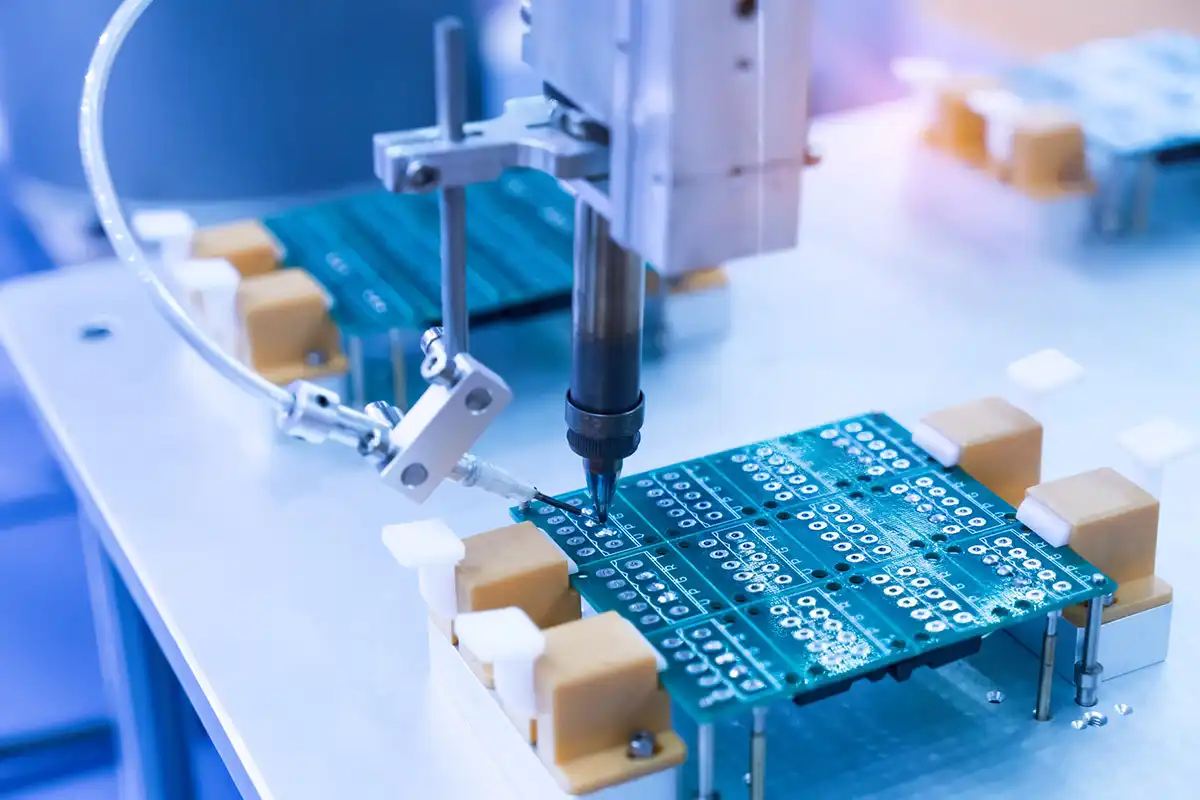
Electronic plating

Marine engineering
Our Workshop
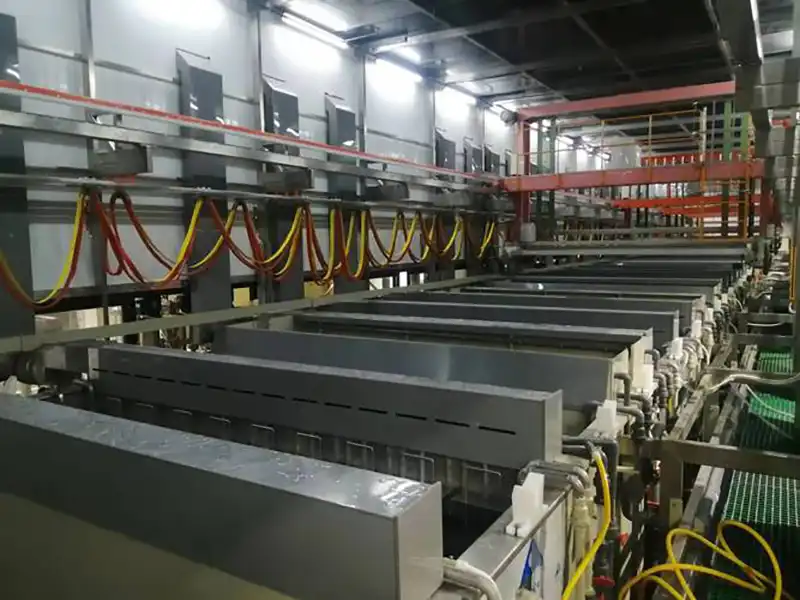
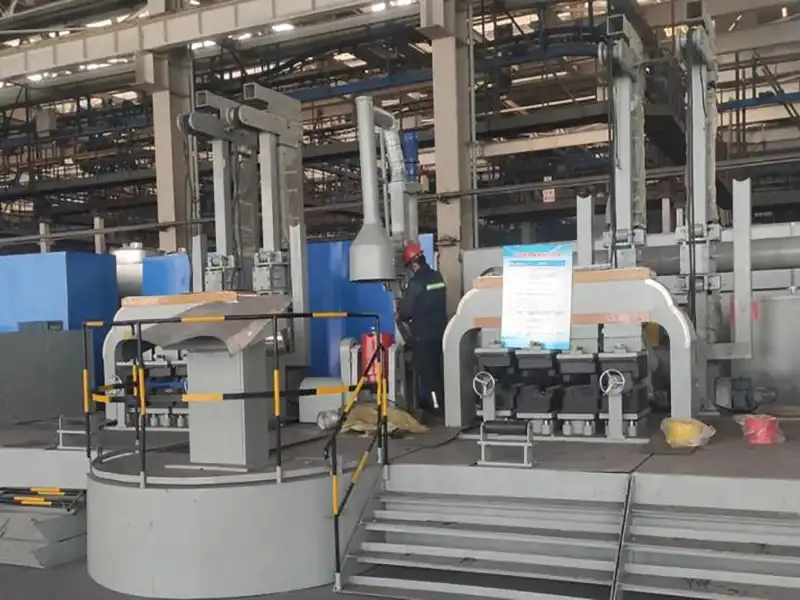
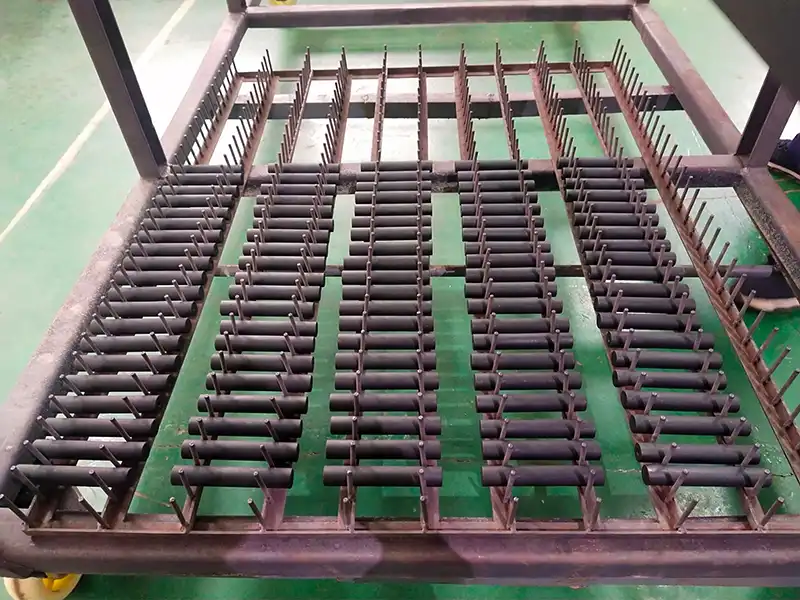
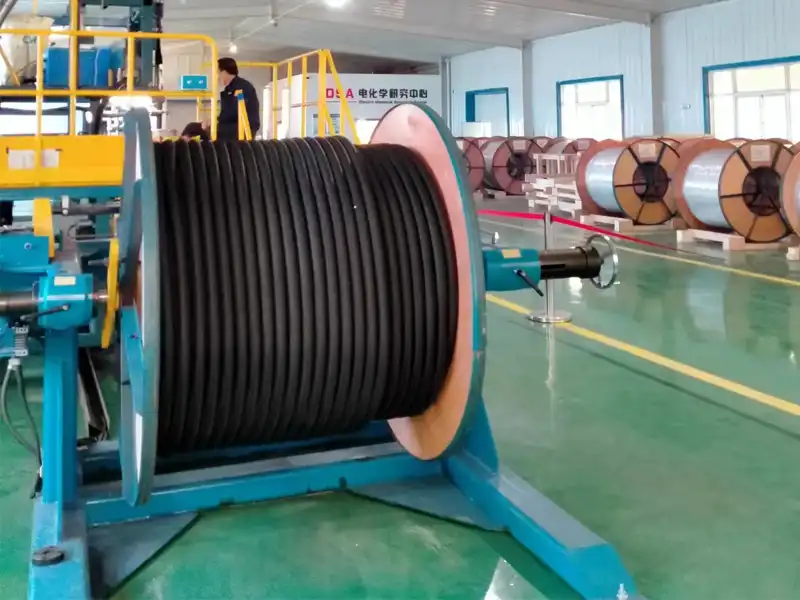
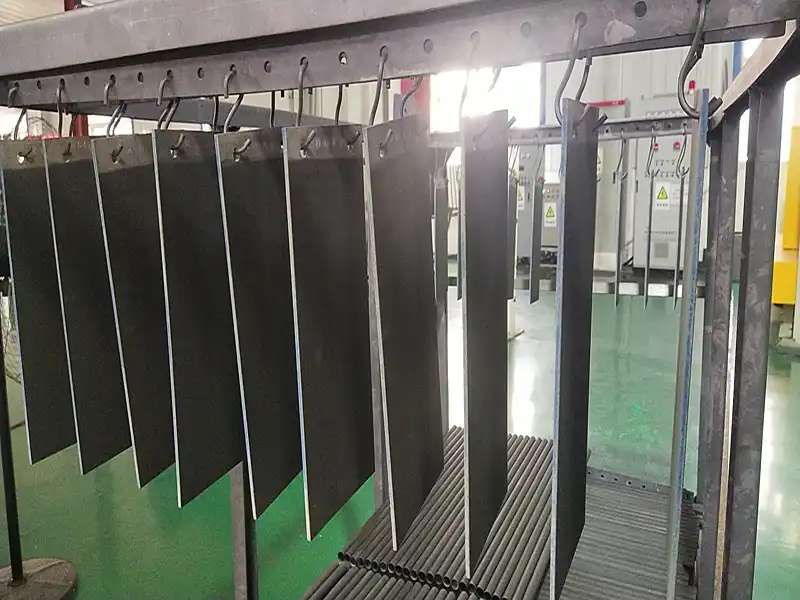
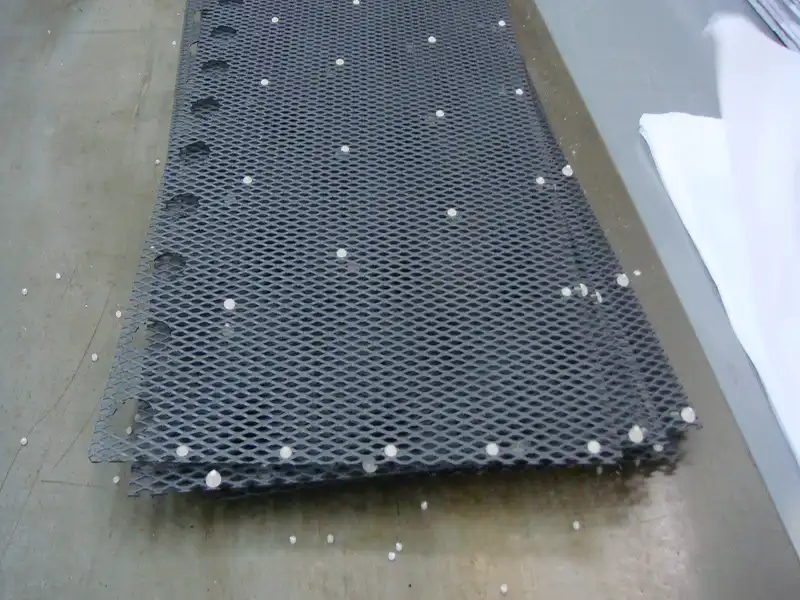
Product Production Process
The manufacturing process of our product involves:
Material Selection
High-quality, corrosion-resistant materials are selected, particularly titanium for the anode and cathode, and suitable alloys for the cell structure. This selection ensures durability under continuous exposure to harsh electrolytic conditions.
Design and Engineering
The cell is engineered to optimize sodium hypochlorite production through careful design of electrode placement, cell spacing, and electrolyte flow patterns. Detailed designs are developed using computer-aided design (CAD) software, ensuring efficient and safe chlorine generation.
Cutting and Shaping
The titanium and other metals are precisely cut and shaped according to the design specifications using methods such as laser cutting and CNC machining. These processes ensure high precision and conformity to cell design.
Surface Treatment
The electrodes undergo surface preparation to improve coating adhesion and durability. Techniques such as acid etching or sandblasting are applied to clean and roughen the surfaces, enhancing their compatibility with the coating.
Coating Application
Anodes are coated with mixed metal oxides (MMO) or other specialized conductive coatings to enhance electrochemical efficiency and longevity. These coatings are applied through thermal spraying or electrochemical deposition to create a uniform, high-performance layer.
Assembly of the Electrolytic Cell
The coated anodes and cathodes are assembled within the cell housing, following precise alignment requirements. Proper spacing is maintained to ensure effective electrolyte flow and consistent sodium hypochlorite generation.
Electrolyte Preparation
A brine solution, typically made from sodium chloride and water, is prepared as the electrolyte. This solution is essential for the electrolysis process, where sodium hypochlorite is produced by passing electric current through the brine.
Testing and Calibration
The assembled cell is tested under operational conditions to measure performance indicators like sodium hypochlorite output, energy efficiency, and stability. This stage ensures the cell meets required production standards.
Quality Assurance
A final inspection and quality check is performed, which includes visual inspection, dimensional checks, and operational tests. This ensures that each unit meets safety and performance criteria before shipment.
Packaging and Documentation
The completed electrolytic cell is securely packaged, and comprehensive documentation, including operational guidelines, safety instructions, and maintenance requirements, is provided to ensure proper handling and use by the end customer.
Quality Inspection
Our commitment to quality is unwavering. Every Sodium Hypochlorite Electrolytic Cell undergoes:
Material Inspections: Ensuring all components meet stringent standards.
Performance Testing: Comprehensive assessments to verify output capacity and efficiency.
Final Quality Checks: Inspection of the complete unit before shipping.
Packaging Method
We prioritize safe and efficient delivery with our custom packaging solutions:
Protective Wrapping: Ensures protection against physical damage.
Moisture-Proof Materials: Safeguards the product from moisture exposure.
Secure Crating: Sturdy crates designed for international shipping.
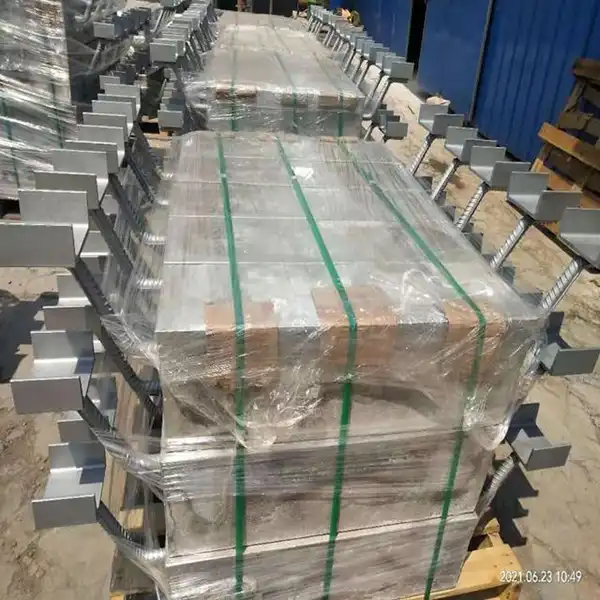 | 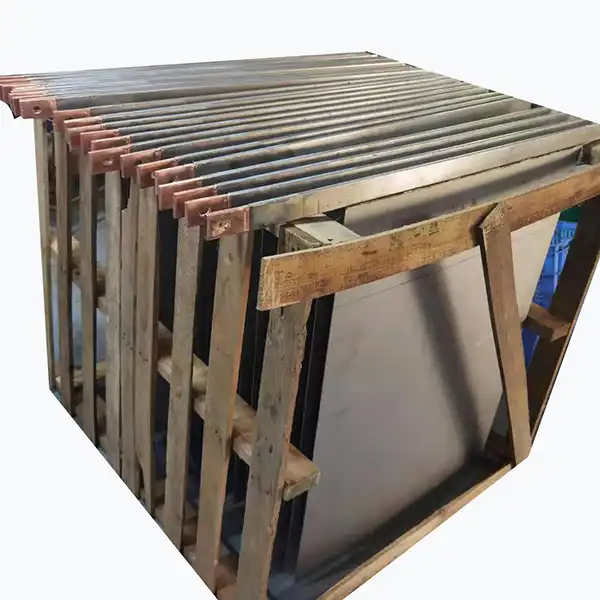 | 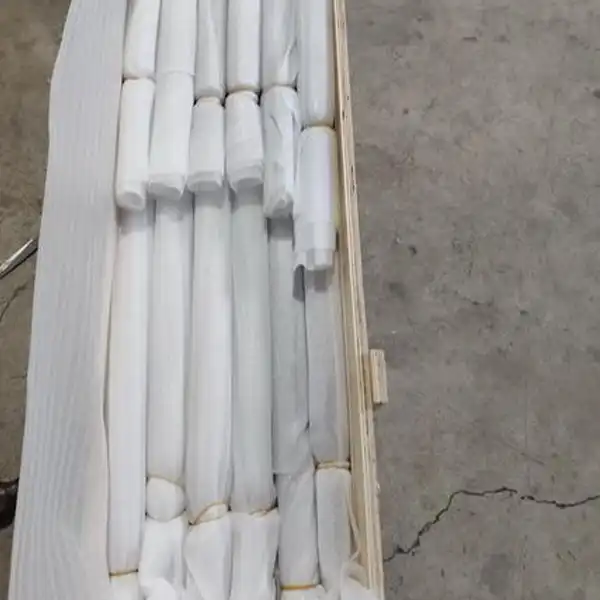 |
Our Certificates


Our Team
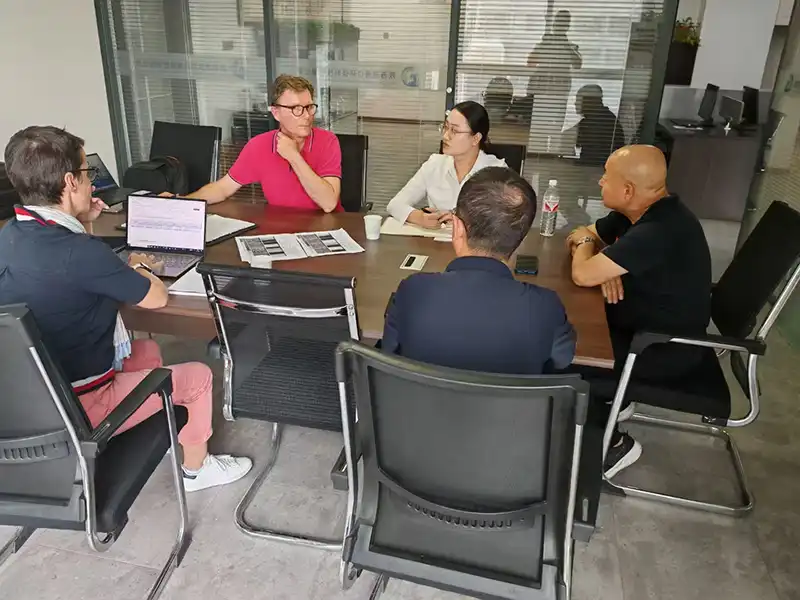 | 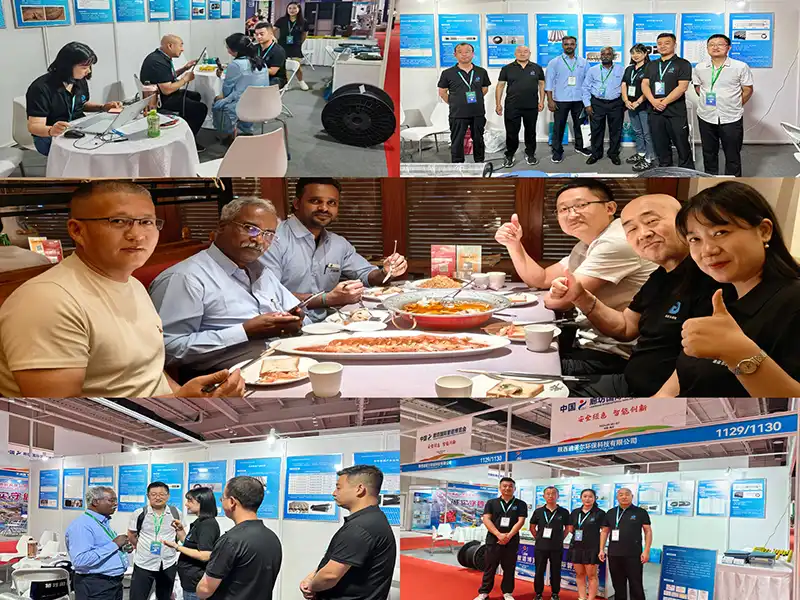 |
OEM Service
At Shaanxi Tianyi, we offer flexible OEM services to meet unique customer specifications. Whether you require modifications to the existing design or completely customized solutions, our team is here to assist.
FAQ
Q1: How does the product work?
A1: It uses an electrolytic process to convert saltwater into sodium hypochlorite, a powerful disinfectant.
Q2: What is the output capacity of this electrolytic cell?
A2: The output capacity ranges from 10 to 200 g/h, depending on the model.
Q3: Is maintenance required?
A3: Regular maintenance is recommended to ensure optimal performance and longevity.
Q4: Can this product be customized?
A4: Yes, we offer OEM services for tailored solutions.
Q5: What industries can benefit from this product?
A5: It's suitable for water treatment, industrial cleaning, hydroponics, and more.
Contact Us
For requests or more data about our Sodium Hypochlorite Electrolytic Cell, kindly connect with us at info@di-nol.com.


_1731642033661.webp)
_1731642034155.webp)
_1731642034352.webp)
_1731642035309.webp)
_1731642035284.webp)
_1731642035552.webp)
_1731642035535.webp)
_1731642033652.webp)
_1731642034207.webp)
_1731641984159.webp)
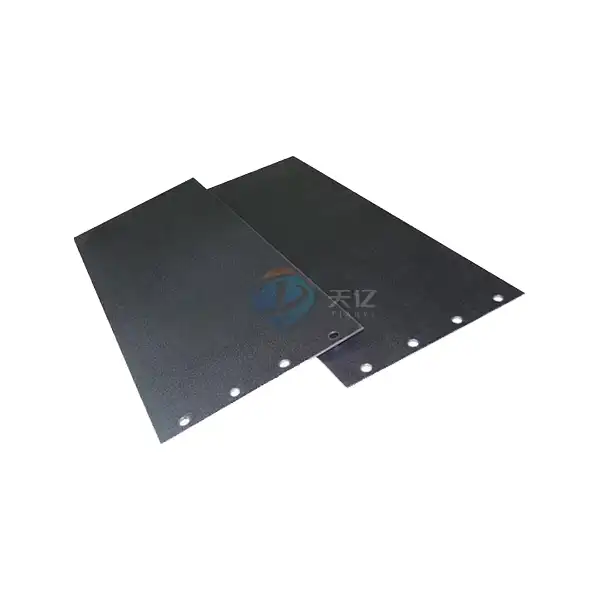
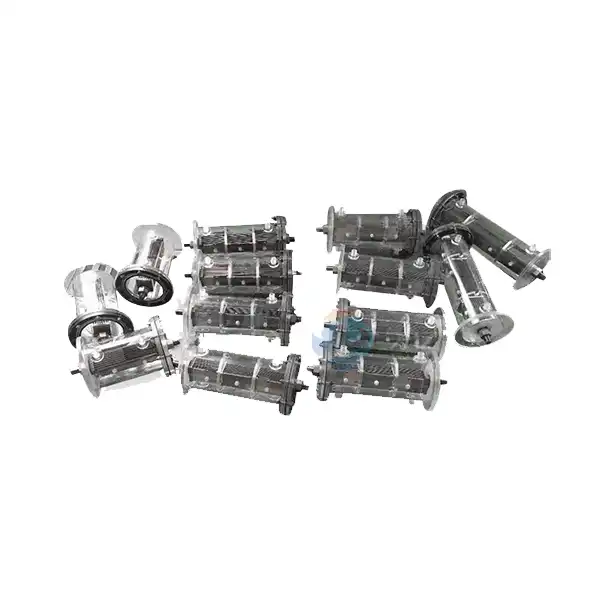
_1731642350077.webp)
_1731642084407.webp)
_1731642120915.webp)
_1731642168251.webp)
